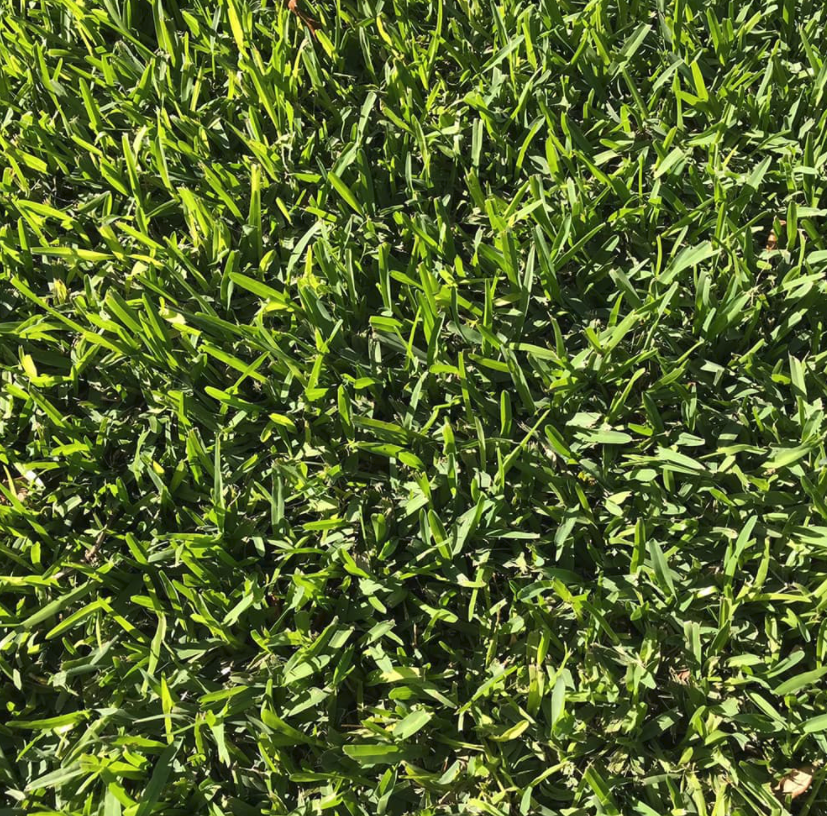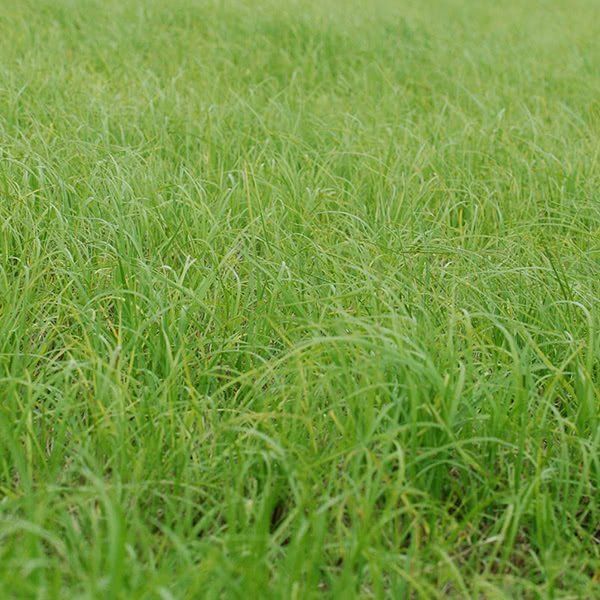St. Augustine - ProVista
400 sqft of sod per pallet
includes delivery!

St. Augustine - ProVista
400 sqft of sod per pallet
includes delivery!

St. Augustine - Floratam
400 sqft of sod per pallet
includes delivery!

Argentine Bahia
400 sqft of sod per pallet
includes delivery!
SST Augustine Floratam grass is a unique variation of St. Augustine and has rapidly become the most popular grass type for homeowners and commercial spaces throughout Florida. Developed in partnership between the University of Florida and Texas A&M University in 1972, Floratam is uniquely suited to the Florida climate and is relatively easy to maintain, among the many reasons for its popularity. Here’s what you need to know to decide if Floratam is right for you.
Floratam is a coarse grass with broad, flat blades. It is best kept at a height of 3 to 4 inches, giving it a thick, lush appearance. During the summer months, Floratam will have a deep green to bluish-green hue, though it will fade a bit during cooler weather when it goes dormant. It spreads horizontally quite rapidly, making it easy to fill in any bare patches that have formed.
Argentine Bahia Grass has wide, broad leaves with a light to medium green color. Bahia's require a minimum of 8 hours of sunlight for optimal growth. Once established, Argentine Bahia Grass produces 10 to 12 feet of deep and dense root structure. . This variety makes an excellent low-maintenance permanent lawn grass or pasture grass for horses, cattle, and any other type of livestock.
ST. AUGUSTINE PRO VISTA a dark green, dense grass of the St. Augustine variety. Like Floratam, ProVista has wide, coarse blades that are comfortable to walk on. It also has a dark, rich green color that makes your lawn appear lush and healthy. ProVista, however, has been engineered to outperform Floratam in a few key areas.ProVista grass is engineered to grow up to 40-percent slower than standard St. Augustine Floratam. What this means for you is a significant reduction in the amount of mowing you'll have to do. Because the grass grows so slowly, you'll typically only need to mow once every few weeks.